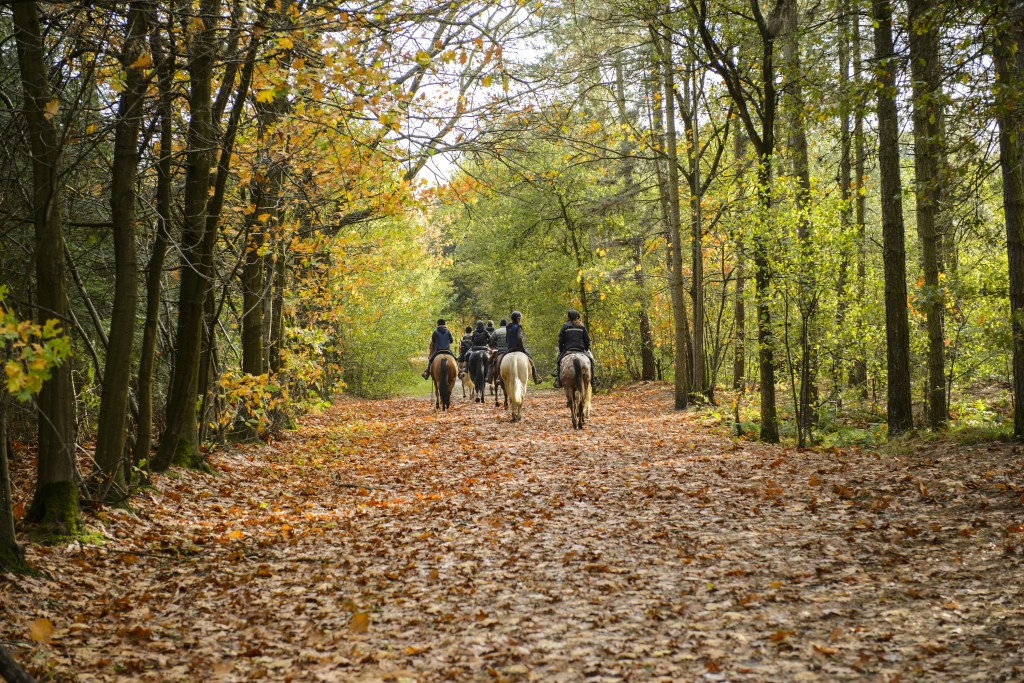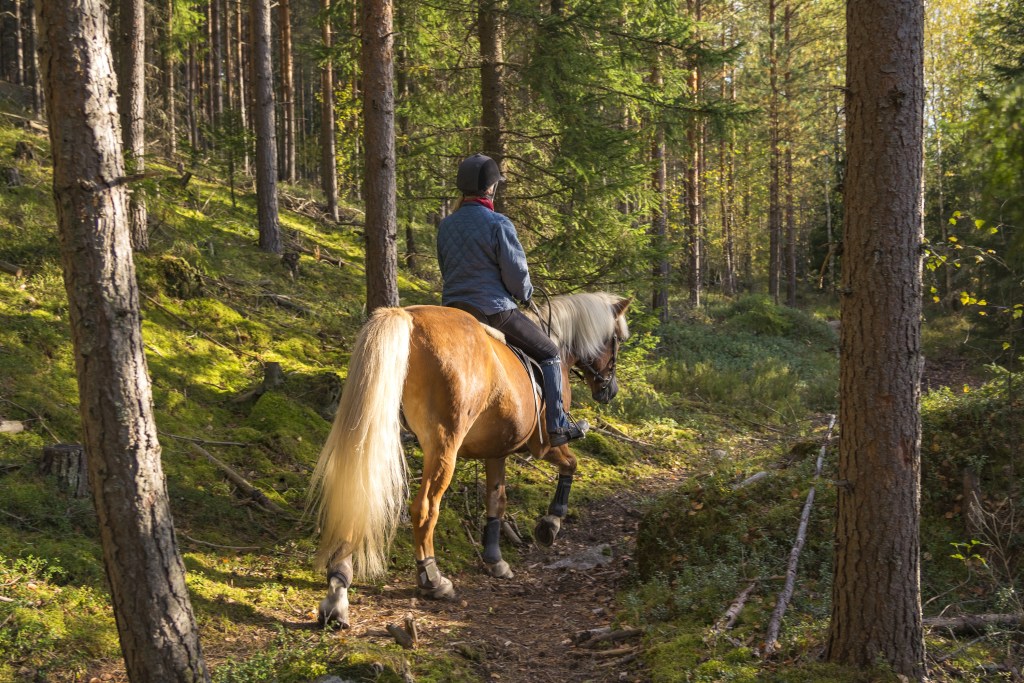There’s nothing quite like taking in the smell, feel, and sights of Mother Earth while on horseback. In fact, you can tour many parts of the country entirely this way, especially the more rural areas like national forests and even national parks. While we highly encourage this method of entertainment and transport, you want to read up on the rules before you embark on your equine adventure. By learning the ins and outs of what to do — and most importantly what not to do — you can travel in style and enjoy all that trail riding has to offer.

What trails can I horseback ride on?
The good news: there are tons of trails across the country and abroad too if you’re feeling extra adventurous. You can search in your area or find a good vacation spot based on trail riding by looking through the best trails. Some apps, like TrailLink, enable you to share and review or read what others have to say about the best spots. This becomes especially critical if you know you’re taking an animal with you as you’ll want to be sure it’s a good spot for you and the beast to take a ride. Still, even the best locations require you to follow a few guidelines to ensure everyone stays safe and has a good time, human and animal alike.
What Forest Service rules apply to me as a horseback rider?
As with any trip, you need to do your research long before you book. Here are the six things we think you really need to know for a horseback riding trip in a national forest.
Check the local regulations
While a few national forest rules might come into play, you should diligently check the specific rules of the park you wish to visit. That will ensure you have the latest from the location and know exactly what to expect. Rarely you’ll need a permit to ride, or a specially designated area to camp, but it’s definitely best to have all the information in advance. Many forests post their horseback riding trails and the associated rules online for easy access.
Use weed-free hay
If you’re going for an extended trip, chances are you’ll bring hay for your horse, but it needs to be exactly the right variety. Many spots require certified weed-free to make extra sure that you aren’t bringing in an invasive species that could permanently alter the forest. All it takes is a few seeds slipped into your animal’s dinner to start a problem in a protected area.

Stay on designated trails
It’s important for your safety and your horses not to mention all the humans and wildlife that may use the park that you strictly stay on the correct trail. Some spots are designated only for foot traffic while others allow horses to walk there too. Plan your trip in advance so you know exactly where you’ll wind up and who will likely frequent the area. Deer and other wild animals might stay far from trails where people hang out and so that can help cut down on encounters.
Follow camping and hitching guidelines
Just trail riding will come with a few important rules, but once you enter camping into the equation, you have a lot more to think about. You have to be really careful about leaving no trace, which includes not letting your animal graze and not tying your horse to any trees or equipment, such as signposts. Many grounds require you to use a highline, though a horse-friendly campsite might also provide the necessary accouterment to keep it easy for both of you.
Bring your vet records
You’ll likely have to provide proof of a negative Coggins test before you can bring your equine friend onto the forest grounds. The last thing anyone wants is an outbreak of the deadly Equine Infectious Anemia from a little trail riding. Take your horse in for a thorough check-up prior to your departure and confirm she’s prepared for the excursion in terms of stamina and health but also that her shoes fit correctly and she’s been recently groomed.
Be overly prepared
No matter how experienced you are, something can go wrong, and you want to have your plan down so you don’t get caught unawares. Have first aid, trail maps, a phone, and backup gear at the ready. Keep the basics on your own person so that if the worst happens and you get separated from your horse, you can still call for help and keep yourself safe until it arrives.
Most people start small and work their way up to a long multi-day horseback riding trip through a national forest. It helps to go for day trips with an experienced guide and an experienced horse first. You may decide to build up your stamina by starting in a small group and then working up to solo experiences. Don’t rush into something that your horse is not able to handle, even if it’s a once-in-a-lifetime opportunity. Keeping you both safe needs to come first.



